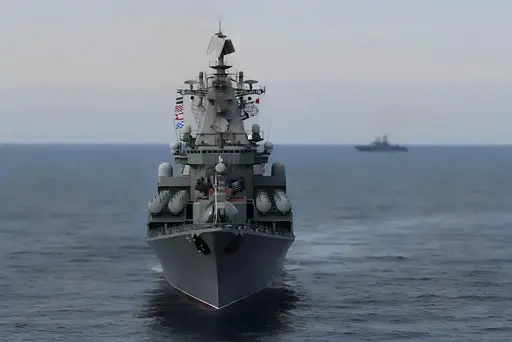German media outlets Süddeutsche Zeitung, WDR, and NDR also cite the report, noting that Russian President Vladimir Putin appears intent on testing NATO’s Article 5 guarantees. The alliance’s mutual defence clause obliges member states to come to one another’s aid if attacked. The assessment suggests Putin may seek to challenge how seriously that commitment would be honoured.



This is an incredibly dangerous assumption. According to the Federation of American Scientists Russia has a stockpile of 4489 warheads of which some 1674 strategic warheads are deployed on ballistic missiles.[1] A large part of these warheads might be defective but realistically you only need a handful of working ones. Russia also has the necessary material and infrastructure to keep their warheads in working order.[2] So while their capabilities compared to the USSR are greatly diminished there is no reason to assume that Russias nukes are all in non-working condition.
[1] https://fas.org/publication/nuclear-notebook-russian-nuclear-weapons-2023/
[2] https://www.armscontrol.org/act/2002-10/features/breakdown-breakout-us-and-russian-warhead-production-capabilities
I’m not saying to assume they don’t all work. I’m saying to diaregard their threats of using thembecause they likely won’t.
Consider this, if only 10% of the warheads work that still leaves over 400 working bombs. Even in the unlikely situation where Russia didn’t know which ones where in working condition they could just resort to throwing 10 bombs at a target instead.
We also haven’t even defined what not-working means. You could for example classify a hydrogen bomb that doesn’t trigger it’s fusion stage as non-working. The primary stage of a thermonuclear bomb can still have a yield of a few hundred kilotons of TNT. The bombs dropped on Hiroshima and Nagasaki where well below that.
For these reasons I consider the “Russian nukes don’t work” a nice fantasy at best. The threat is real and only kept in check by western nuclear counterstrike capabilities.